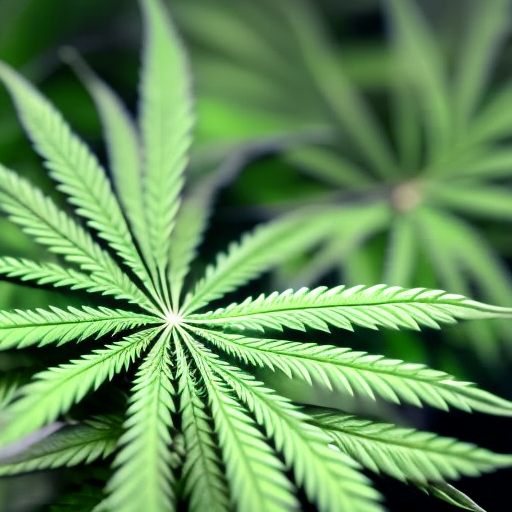 The utilization of ultrasound-assisted extraction in the realm of cannabis extraction has garnered significant attention from researchers at Sopron University in Hungary. While ultrasound-based extraction techniques have been explored previously for various botanicals, this study presents a novel contribution to the limited literature on its application specifically to cannabis extraction. Published in The Journal of Food Science, the researchers sought to evaluate the impact of time, input power, and solvent composition on extract properties to optimize the extraction of compounds from the hemp plant matrix.
The utilization of ultrasound-assisted extraction in the realm of cannabis extraction has garnered significant attention from researchers at Sopron University in Hungary. While ultrasound-based extraction techniques have been explored previously for various botanicals, this study presents a novel contribution to the limited literature on its application specifically to cannabis extraction. Published in The Journal of Food Science, the researchers sought to evaluate the impact of time, input power, and solvent composition on extract properties to optimize the extraction of compounds from the hemp plant matrix.
Alcohol-based extraction methods remain popular among cannabis producers due to their cost-effectiveness, safety, and efficiency in extracting desirable compounds from plant material. However, challenges such as the solvent’s polarity leading to the extraction of unwanted substances like chlorophyll necessitate continuous improvement in extraction processes. The researchers at Sopron University aimed to enhance the performance of a simple alcohol extraction setup by incorporating an ultrasonicator.
Lead author Professor Levente Csoka highlighted the benefits of ultrasonication in enhancing extraction efficiency by inducing cavitation through the rapid formation and collapse of microbubbles. This phenomenon disrupts cell walls, facilitating the dissolution of target compounds into the solvent. While ultrasonic extraction has been applied to various plants and bioproducts, its application to cannabis inflorescence remains underexplored.
The study focused on identifying optimal parameters for ultrasound-assisted extraction by varying time, input power, and solvent concentration. Methanol was chosen as the solvent for its compatibility with desired extract components such as polyphenols and terpenoids. Results showed that ultrasonication significantly improved extraction efficiency compared to conventional methods, with a 15-minute ultrasonic extraction doubling efficiency compared to a 30-minute control.
Despite these promising results, further studies are needed to assess potential negative impacts of ultrasonic extraction on compound stability. Moving forward, the researchers plan to explore applications for extracted cannabinoids, potentially integrating them into cellulose composites or utilizing them as green reducing agents for nanoparticle synthesis.
In light of increasing global demand for cannabis extracts, this research presents a valuable opportunity for optimizing alcohol-based extraction methods in a rapidly expanding market. The scalability and accessibility of ultrasound-assisted extraction technology offer potential benefits for large-scale production, although further research is required to validate its feasibility on an industrial scale.

